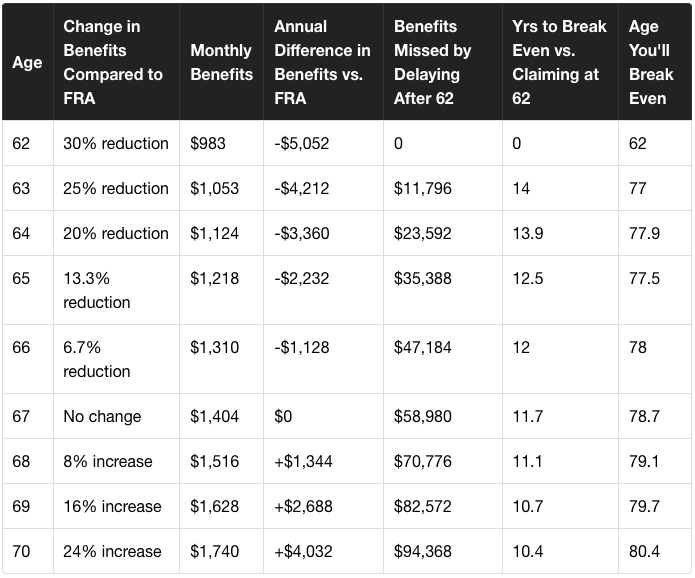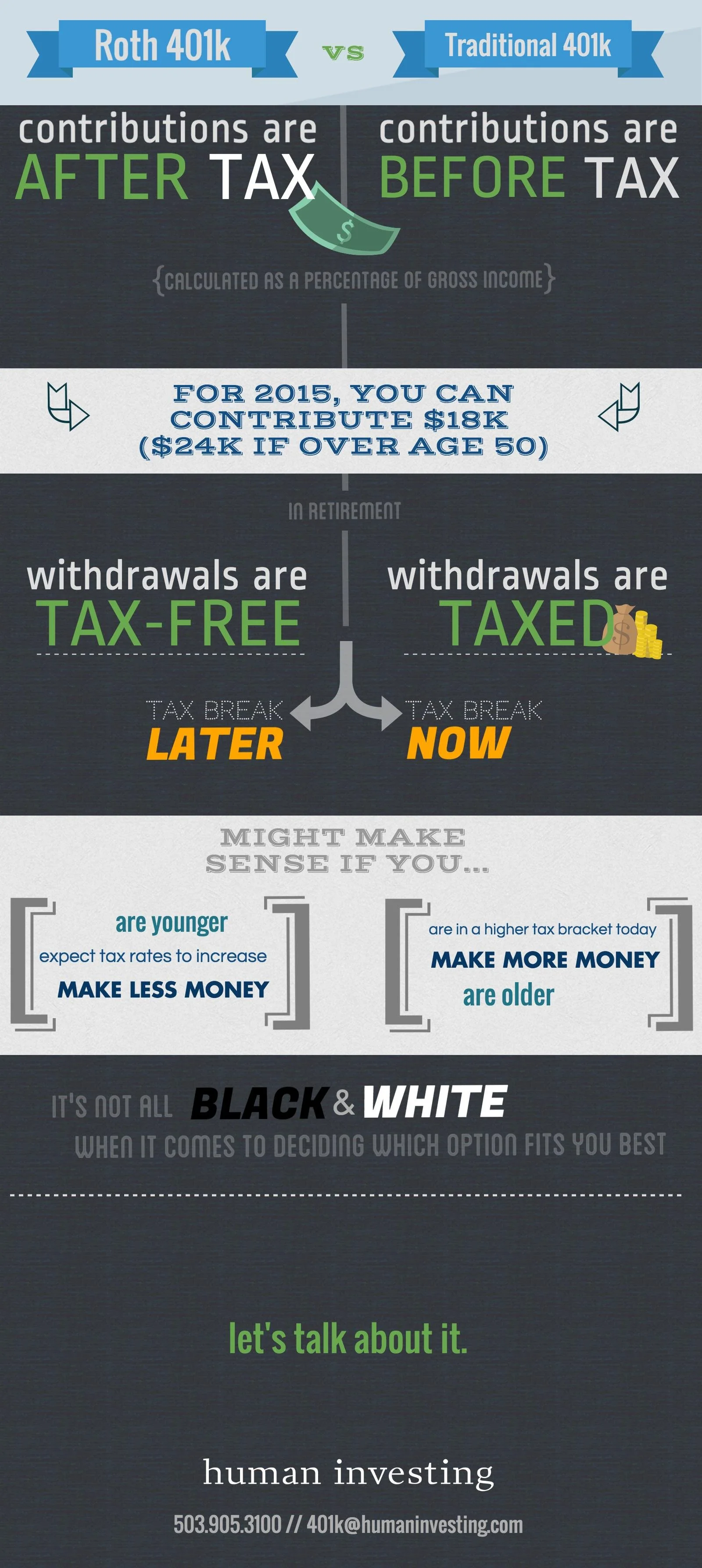Are you a sole proprietor or business owner running a closely held family business? Maybe you have a side consulting gig while working for a Fortune 500 company? Maybe you are already participating in your primary employer’s plan? If so, that’s great! But, are you aware that as a self-employed business owner there are additional plans you can implement to help put even more money away for retirement and reduce your income tax liability? For many, a retirement plan is synonymous with a corporate 401(k) plan. Often the perception is that only large employers have access and resources to implement these tax deferral and savings benefits and that your only other option for putting money away is to contribute to Individual Retirement Accounts (IRAs). Nevertheless, as a self-employed business owner there are several other inexpensive plan options that can be as effective and efficient in putting away additional dollars for your retirement.
Below are three retirement savings plans that work well for many business owners; from the lone self-employed contractor to a multi-shareholder corporation with up to 100 employees:
SEP (Simplified Employee Pension) IRA is a plan that allows an employer to make contributions to IRAs established by or on behalf of each qualifying employee.
Annual SEP IRA contribution limit of 25% of annual compensation/business net income (54k contribution limit for 2017).
Annual contributions are not required. You can elect year to year whether contributions are to be made.
Qualifying employees must be 21 years of age, have performed services for the employer during 3 of last 5 years and received at least $600 of compensation.
SEP IRAs must be setup and funded by the tax filing deadline, including extensions, for the tax year the plan is to be in effect (i.e. October 15, 2018, for a 2017 Form 1040).
SEP IRAs can be setup in addition to participation in another company’s qualified retirement plan (i.e. 401(k) plan).
SIMPLE (Savings Incentive Match Plan for Employees) IRA is a salary reduction plan which eligible employees defer a portion of their salary with the employer contributing a portion as well.
Employee deferral up to $12,500 (+3k catch up for >50years old) with an employer 3% match or 2% non-elective contribution.
Eligible employees have earned at least 5k any two prior years and expect to earn 5k in current year.
SIMPLE IRAs may be setup and effective between January 1 and October 1 of the tax year for a new plan, after October 1 if the business came into existence after October 1 to start that year, or effective January 1 if the company has previously established a SIMPLE IRA.
These work well when a business has net income of less than 50k, as the employee deferral portion is a set max (i.e $12,500) not a percentage based on business net income.
Solo 401(k) is a profit sharing plan for self-employed individuals who are both the employee and employer.
401(k)s have salary deferral limits of 18k/year (+6k catch up for >50years old).
You can add a ROTH feature vs. pre-tax contributions (i.e. up to 18k year into a ROTH 401(k) vs. $5,500 into a ROTH IRA).
Allows for plan loans from your account balance; starting at 10k, up to the lesser of 50% of your account balance or 50k.
Much of the complexity of a 401(k) plan are in relation to the non-discrimination testing, which is not applicable to solo 401(k)s.
Spouses and/or children of the self-employed business owner can participate in a solo 401(k).
Internal Revenue Code 415 provides the rules surrounding contribution limitations for these plans. The 54k total contribution limitation is a “per plan” limitation, while the employee contribution limitation (i.e $12,500 and $18,000 deferrals) is a “per participant” limitation. Say, for example you were to participate in two separate company retirement plans, such as a 401(k) and SIMPLE IRA; as the employee participant in both, you are only allowed to defer 18k in total between the two plans, but are allowed up to 54k in total contributions each in (54k in combined employee and employer contributions). Accordingly, had those plans been a 401(k) and a SEP IRA (which is an employer contribution plan only), you could max out the 18k deferral in the 401(k) in addition to the employer contribution. This allows for up to 54k in total contributions plus the ability to make a full 54k in annual contribution in the SEP IRA.
Also note that the IRS views all “commonly controlled” companies as one entity for retirement plan purposes. Therefore, if a self-employed business owner owns more than 50% in multiple business entities, all businesses would be aggregated for retirement plan participation and Section 415 limitation (i.e. contribution limitations) purposes.
If you are self-employed and have questions about how your business can benefit from one of these retirement savings plans please reach out. Your entity structure, employee base, net income and timeline will point to what plan might be the best fit. Let us help you implement the right plan, save on taxes and save more for your future retirement!





































